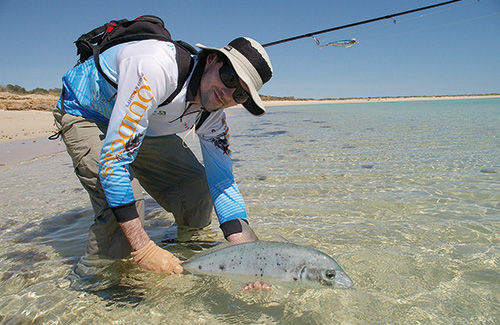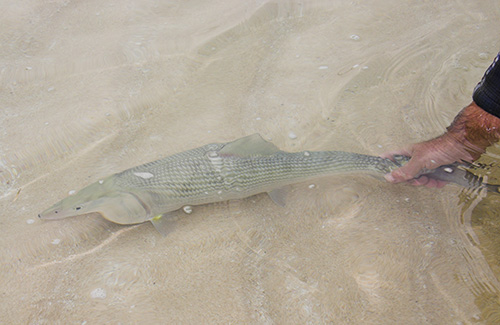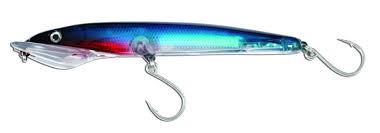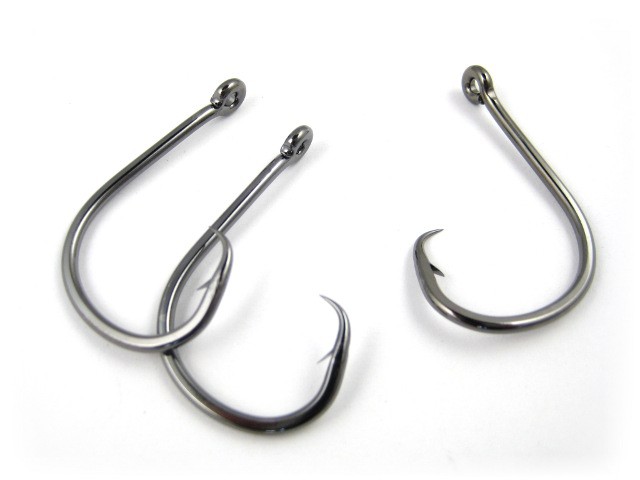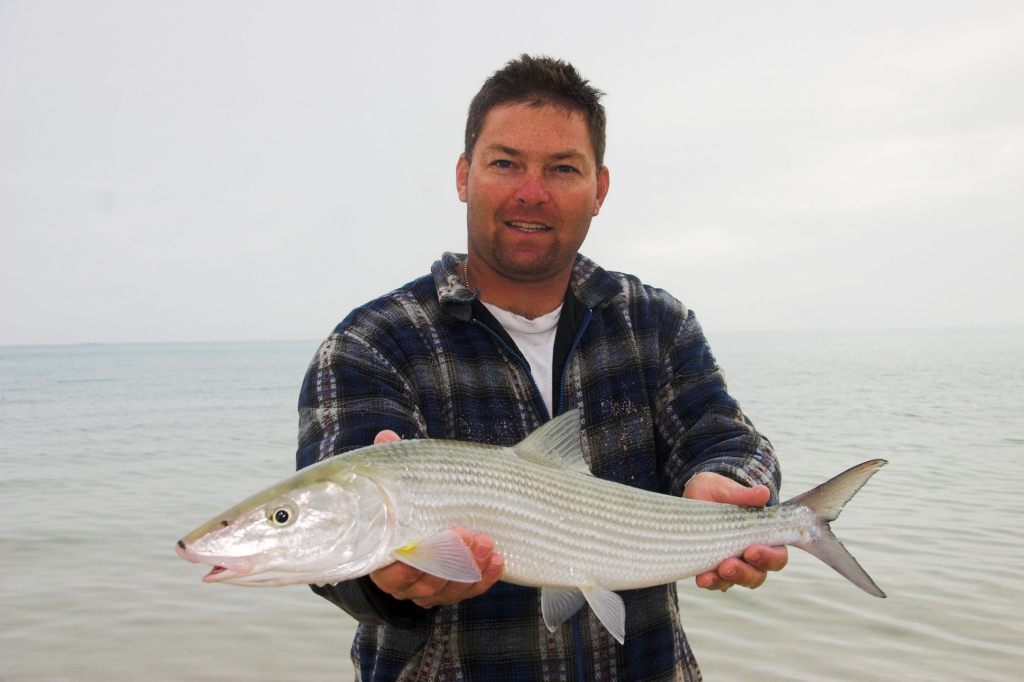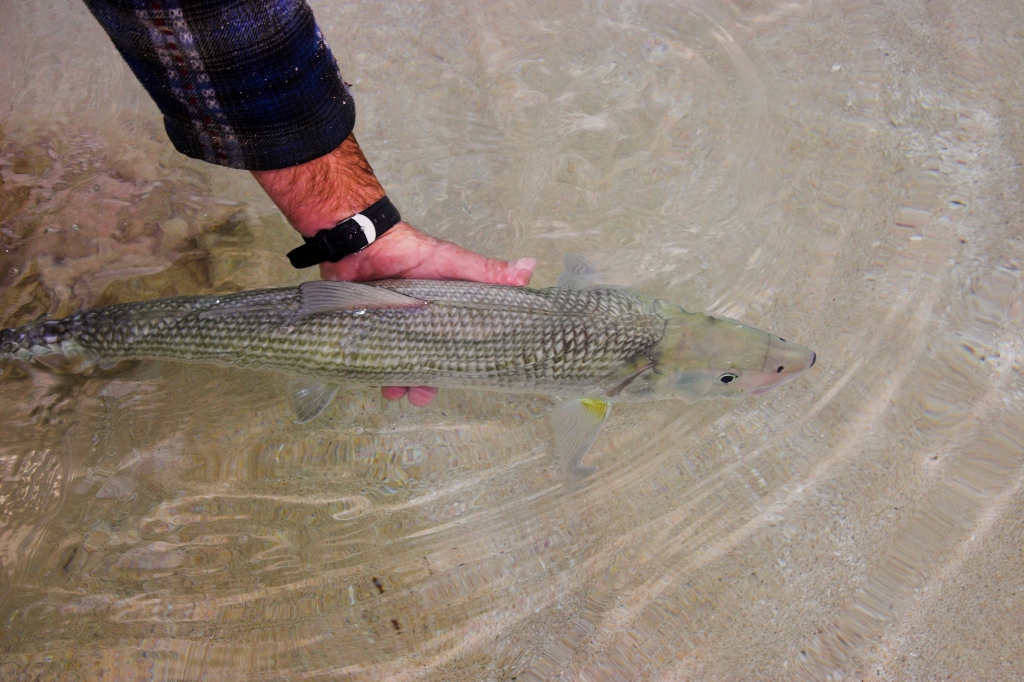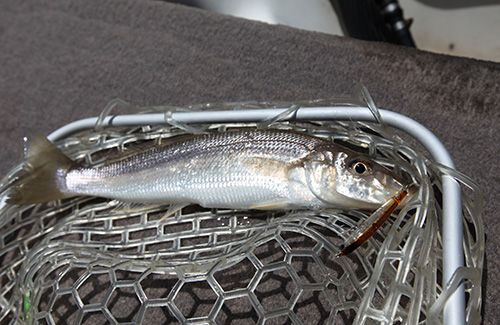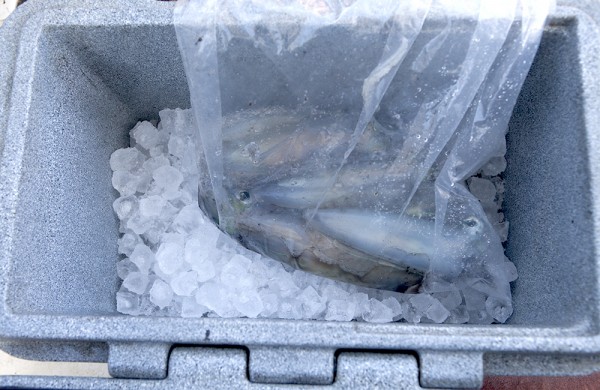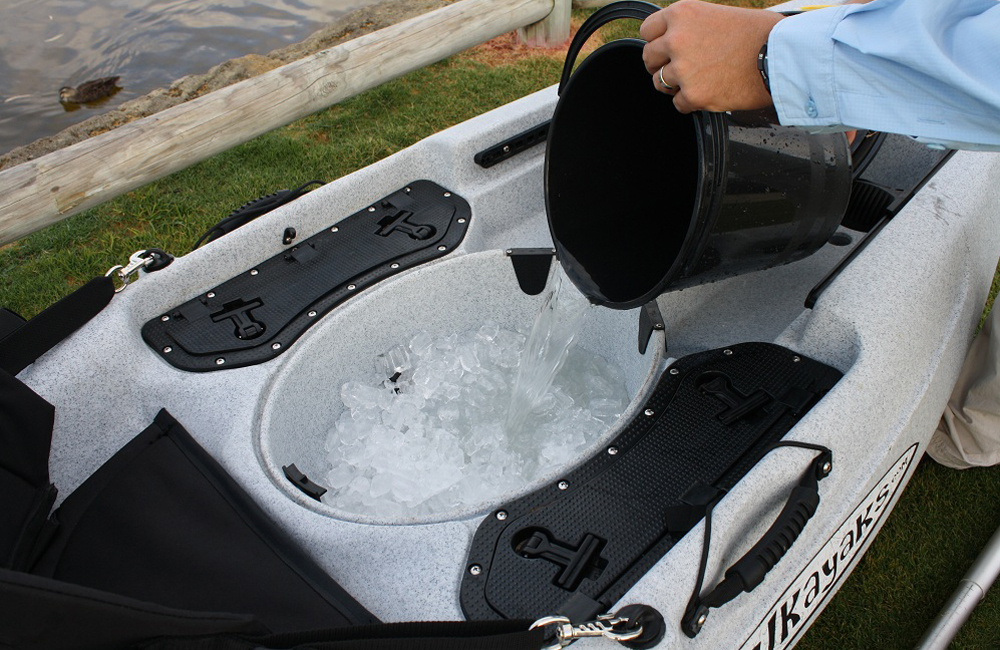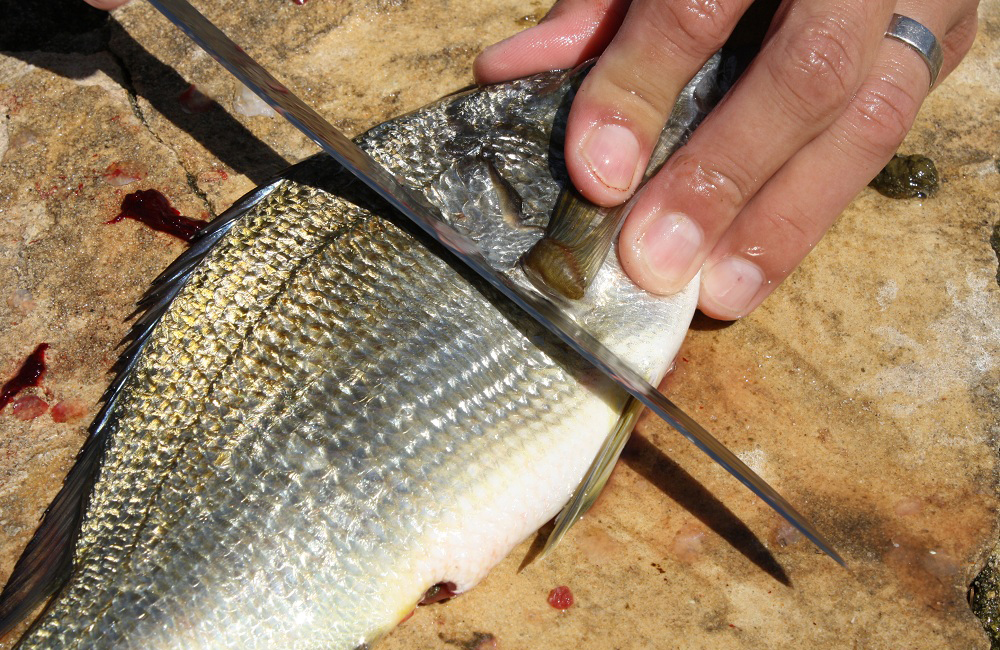If you practice catch and release fishing, here are some helpful tips that will allow you the greatest chance of catching that same fish time and time again.
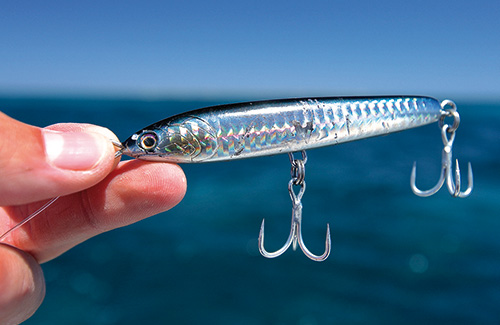
Fishing with barbless hooks reduces damage to the fish and makes hook removal easier.
Gear to minimise harm to the fish
Using methods and rigs that increase the chance a fish will be hooked in the mouth rather than gut hooked.
Barbless or reduced-barb hooks to reduce hook damage and handling time while removing hooks. Alternatively the barbs of hooks can be flattened with pliers.
Circle hooks (especially non-offset circle hooks): the point is turned perpendicularly back to the hook shank to form a generally circular, or oval, shape. Circle hooks have the benefit of a >90% rate of mouth hooking and reduced rates of gut hooking, they improve hook-up and landing rates, and when using circle hooks, strike time is not as important.
When using circle hooks here are a few tips to remember:
Only lightly hook the bait so that the point and barb are exposed or “bridle” the bait
You don’t need to strike, often the fish will hook itself
Needle-nosed pliers are a great help when unhooking a fish
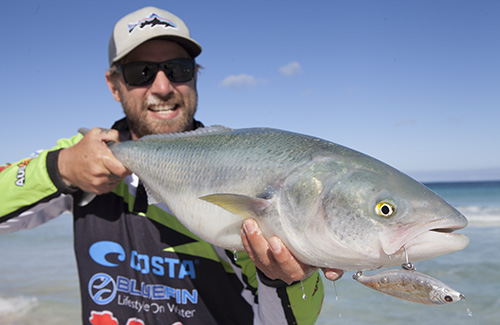
Using single hooks reduces damage to the fish and makes catch and release fishing much easier.
Handling the fish
Do not use nets with knots which remove protective mucus and scales, instead use a wide mesh and soft-material net to land fish.
Ideally fish should be left in the water and unhooked there or if taken out of the water, should be returned to the water as soon as possible.
Use wet hands or a wet cloth to protect the mucus on the fish’s skin. Removal of this mucus decreases the ability of the fish to osmoregulate, decreases physical and chemical protection and decreases its ability to move through the water with ease.
Do not place fish on hot or dry surfaces such as metal surfaces that have been exposed to the sun.
Use long-nosed or needle-nosed pliers to increase the efficiency of hook removal.
If a fish is deep-hooked or gut-hooked do not remove the hook, instead cut the line as close as possible to the fish’s mouth. Studies have shown this method increases the survival of some species of fish by more than 70% and most fish shed these hooks within a few weeks of being hooked.
Ensure invertebrates are untangled before removing them from gear and avoid contact with fragile antennae.
When weighing fish do not use grips with inbuilt scales as holding fish vertically can break bones in their jaw and cause the separation of spinal vertebrae. Measuring the length of a fish is preferable to weighing, but if you must weigh a fish, try to use a sling to support the fish horizontally.
When holding fish, hold them horizontally and provide as much support as possible for the entire body.
Releasing the fish
If fish appear exhausted upon returning to the water (struggling to swim or remain upright), ‘swim’ them before release by pushing the fish backwards and forwards through the water or holding it into the current to increase water flow over its gills. Continue this until the fish starts to show signs of recovery.
Species such as the popular dhufish, breaksea cod, baldchin groper and pink snapper are generally caught at depths greater than 20m and as a result, can suffer barotrauma when brought to the surface. This results from the rapid expansion of gases in the swim bladder which puts pressure on internal organs and greatly reduces survival after release. Evidence of barotrauma includes an inflated abdomen, bulging eyes or stomach protruding from the mouth. Sometimes however, there is no evidence where the swim bladder may have burst.
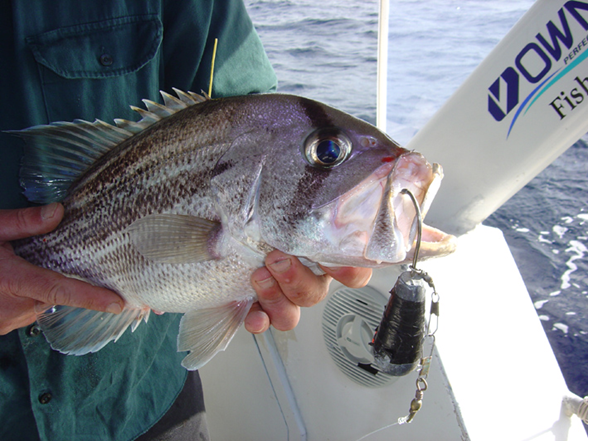
Although this dhufish is showing no external signs of barotrauma, it is still being returned to the water using a release weight just to be sure.
Regardless of whether it shows signs of barotrauma, the best way to release a fish that has been caught at depths greater than 20m is to use a release weight to greatly increase the chance of survival after release. Release weights are available from tackle stores and more information on their use can be found in Recfishwest’s Release Weight publication.
Don’t forget to check if you need a WA fishing licence before heading out.

Catch And Release Fishing Facts
- Studies around Australia have shown that about 50% of all fish caught recreationally are released.
- Deep-hooking and poor handling have been identified as key factors affecting the survival of released fish.
- Invertebrates are quite hardy and survival after release has been shown to be 100% but handling can cause loss of appendages which can impact on their reproduction, feeding and vulnerability to predation.

Landing Nets
A landing net is one of the most important tools an angler should carry, especially for the catch and release angler. The type of landing net you use can greatly affect the chances of survival for the fish. Find out all you need to know about the best landing nets on the market in our Landing Our Future article.
